Bug bites, blisters and BO: How two men walked all 750 miles of the Grand Canyon
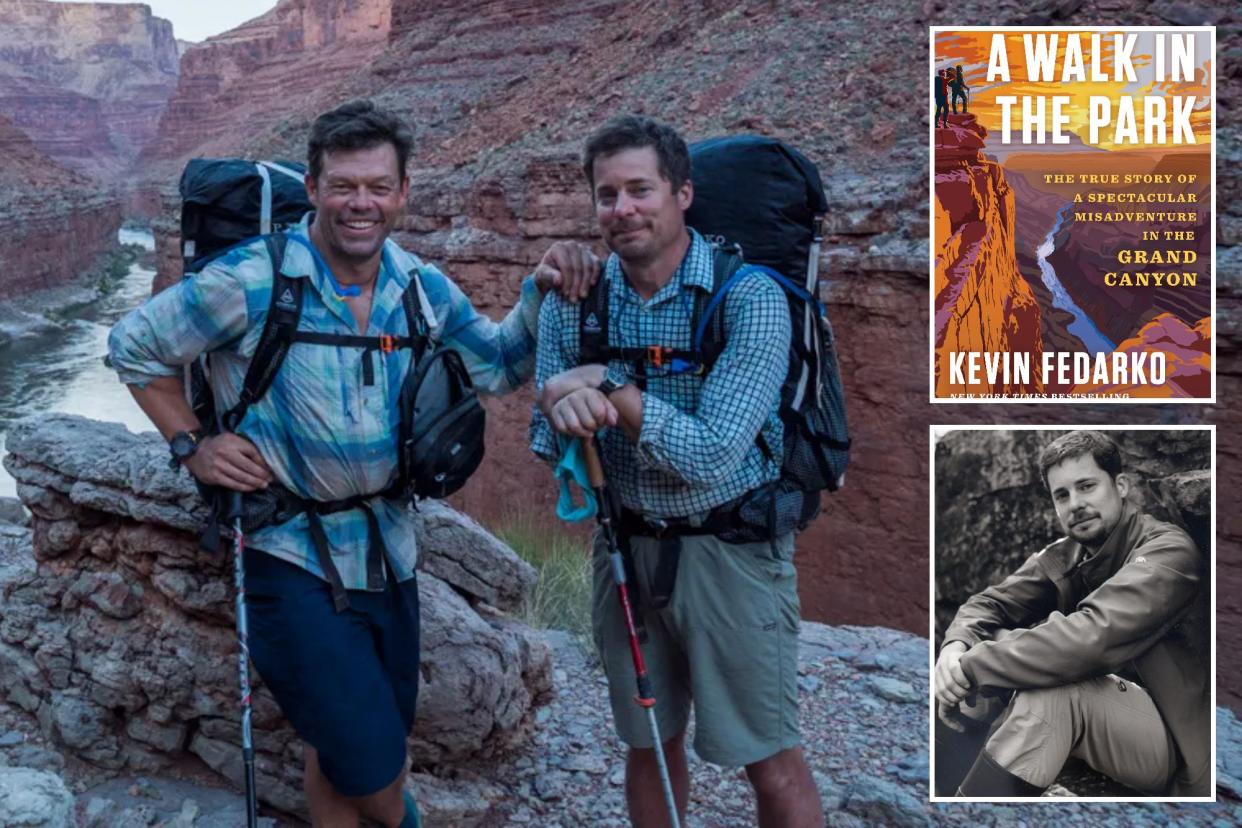
Pete McBride was in a bad way.
Swallowing hard and unable to speak, he was fading in the 112°F heat of the Grand Canyon and his walking partner Kevin Fedarko was worried.
But when McBride removed his shirt, Fedarko was taken aback, as he writes in “A Walk in the Park: The True Story of a Spectacular Misadventure in the Grand Canyon” (Scribner).
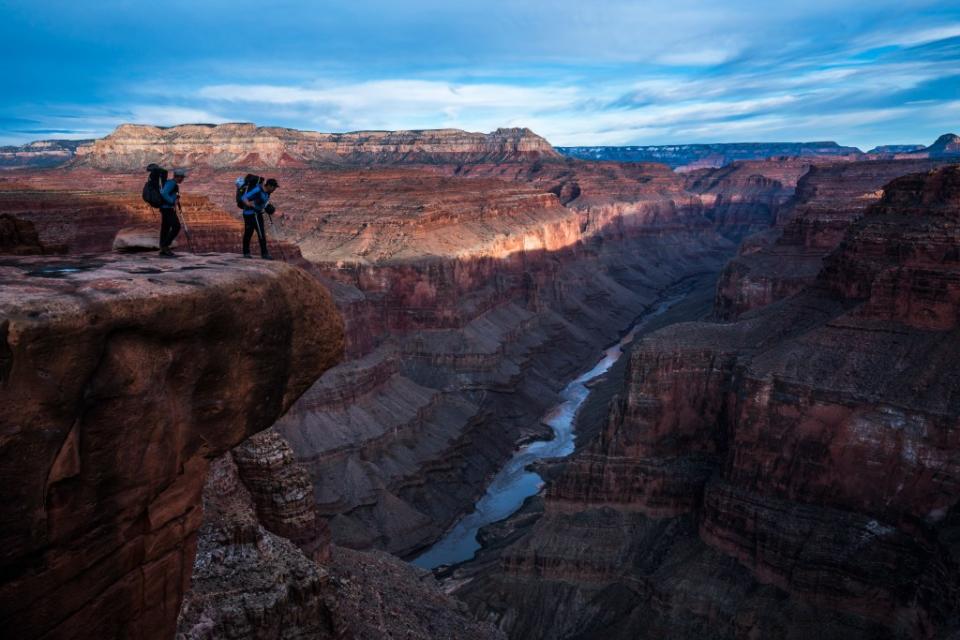
A lump, the size of a desert woodrat, was protruding from his chest and moving across his abdomen and back to his shoulders.
“For several long seconds I found myself wondering exactly how an actual rat — a live rodent — had burrowed beneath Pete’s skin,” writes Fedarko.
But it wasn’t a rat, it was a series of intense muscle spasms caused by a heat-related imbalance of sodium in McBride’s bloodstream — a common reason hikers in the canyon are hospitalized.
“The only thing surpassing my bafflement was a sense of relief that whatever kind of rabidly deranged parasite this might be, it had seen fit to drill its way into Pete instead of me,” adds the author.
Kevin Fedarko had been fascinated by the Grand Canyon from the age of 12 when his father gave him a copy of “The Man Who Walked Through Time,” a book by Welshman Colin Paterson chronicling his journey through the iconic landscape in 1963 as he became the first person to walk the entire length of the canyon.
In the autumn of 2015, writer Fedarko was talking to his friend, Pete McBride, when the photographer suggested they walk the same 750-miles in a year-long adventure, a trip that fewer than two dozen people had completed since Paterson.
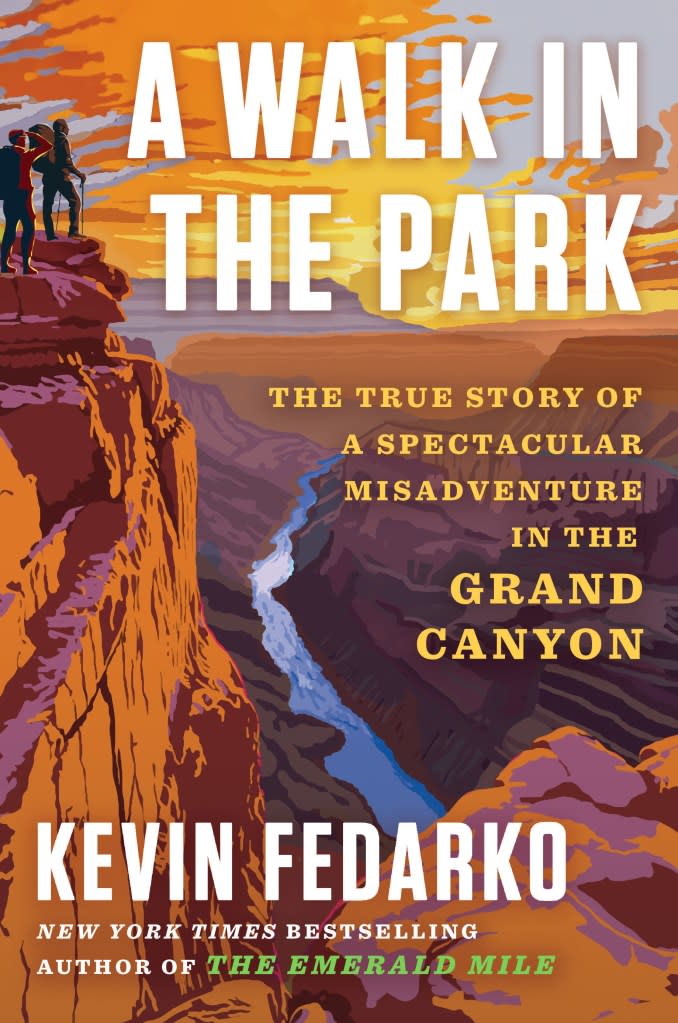
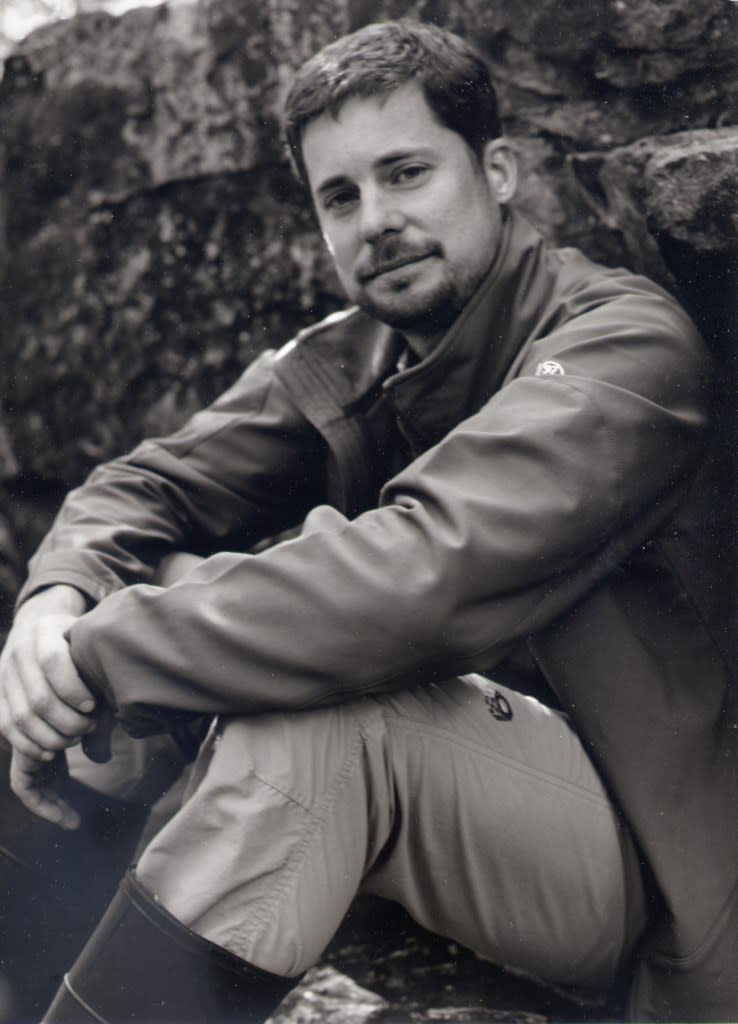
It would be, as McBride suggested, “a walk in the park.”
It was anything but.
Indeed, as Fedarko writes, it turned out to be “a misguided odyssey through the heart of perhaps the harshest and least forgiving, but also the most breathtakingly gorgeous, landscape feature on earth.”
From the outset, It seemed as though their journey was destined to end in failure and, possibly, death – and this despite invaluable advice along the way from Native American tribes, as well as from wilderness experts and local guides.
From running battles with cacti, sleeping on anthills and setting fire to their shoes as they tried to thaw them out, “A Walk In A Park” lays bare the scale of their challenge and the physical demands placed on the bodies of “two of the most unfit and least worthy wanderers in the history of the canyon.”
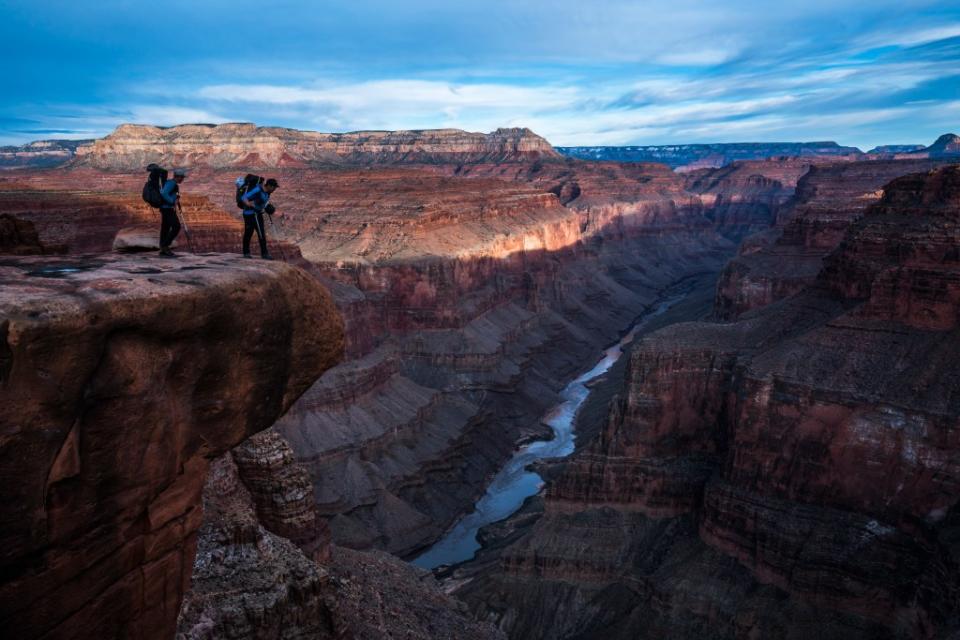
It soon caught up with them.
Choosing to ignore some tender patches on his feet (that “looked like uncooked bacon”) in the hope they went away, Fedarko awoke to find blisters over his feet, ankles and Achilles tendons, as well as on all ten toes.
“By the end of that afternoon, the blisters had burst and it looked as if I’d been given a pedicure with a belt sander,” he writes.
Instead of using medical supplies, Fedarko covered his feet in duct tape, thereby creating the perfect habitat for bacteria to flourish.
“Within hours, both feet were infected and rotting. Now every stride I took felt as if I were stepping into a bucket of broken glass. Before long, I wouldn’t be able to walk at all,” he continues.
It was typical of their slapdash approach.
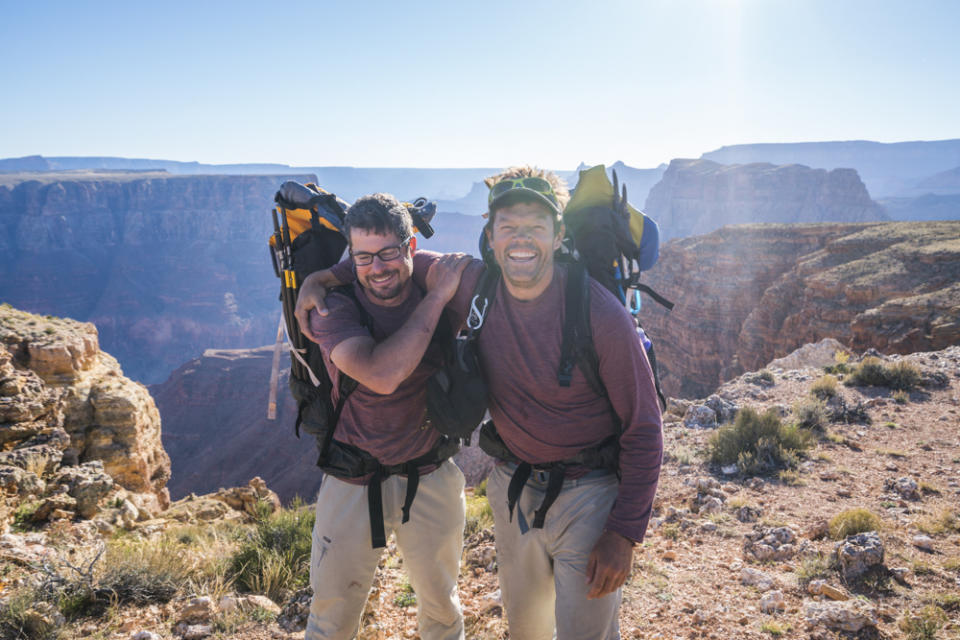
“Ours was a conflation of wilful ignorance, shoddy discipline, and outrageous hubris: an array of flaws that we had been denying ever since the moment Pete had gotten us into this mess,” writes Fedarko.
For the most part, the issues encountered were not physical ailments but rather an impairment of character, or what Fedarko describes as “an infirmity rooted in the complexion of our personalities as well as the delusions we harbored regarding our competency and prowess as outdoorsmen.”
There was also the ever-present threat of death.
Both men suffered hugely, battling dehydration, illness and infection.
Factor in ice slides, falling rocks and food shortages and they could easily have been added to the 800 or so fatalities recorded in the Grand Canyon over the last 150 years (including 88 suicides).
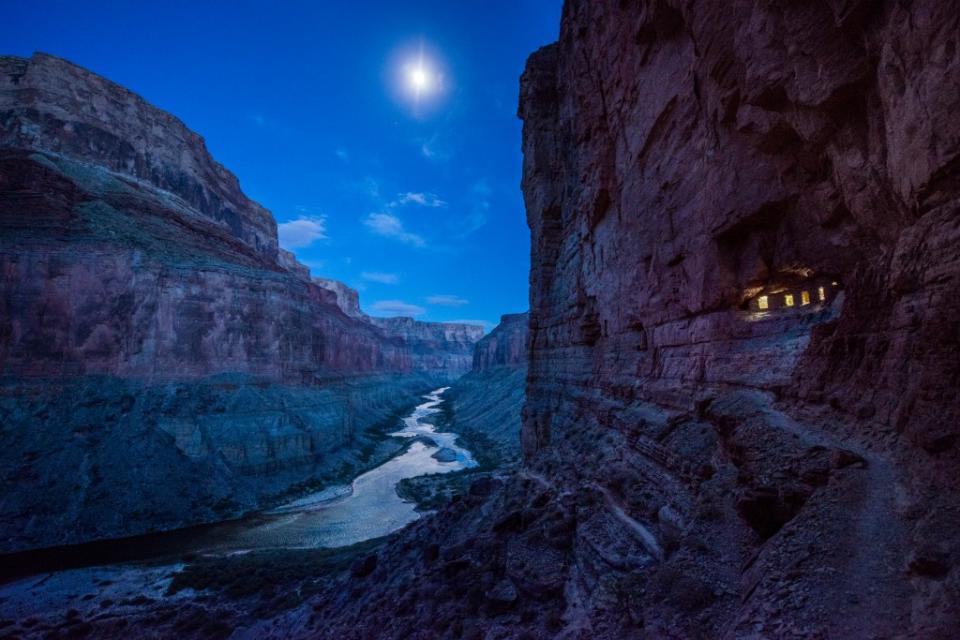
“And these were just the normal hikers, folks who were sticking primarily to the heavily trafficked, assiduously maintained, and regularly patrolled trails,” notes Fedarko.
It wasn’t always the danger that threatened their adventure.
One evening, Fedarko was awoken at 2 a.m. by a foul stench.
Assuming they were camped by a rotting animal carcass, he scanned the area with his headlamp but found nothing.
It must be Pete, he assumed.
“Repulsed by his poor hygiene and general nastiness, I yanked the hood of my sleeping bag over my head — and gagged helplessly as the stench intensified, a miasma of filthy underwear, sweat-caked skin and hair, and the noxious flatulence produced by dehydrated backpacker meals and too much beef jerky.
“I was smelling myself.”
For all the mishaps, though, the experience left an indelible mark on both men. “Perhaps the only way to truly see and hear the messages that have been drowned out by our own drama and noise is by walking,” writes Fedarko.
“Only in this manner can we hope to remind ourselves of what matters most.”

